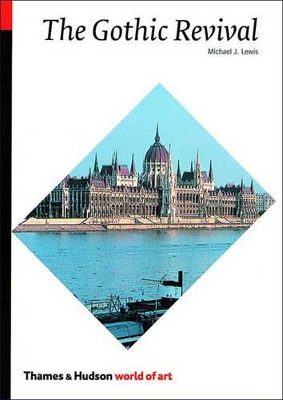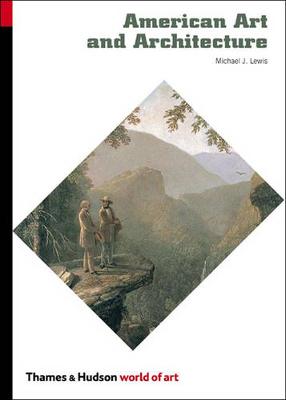World of Art
2 total works
The Gothic Revival, writes Michael Lewis, 'is more than a fashion craze for pointed arches and pinnacles'. During its years of greatest influence, it subjected every aspect of art, belief, society and labour to intense intellectual scrutiny, using the Middle Ages as a platform from which to judge the modern world.
It is the unique merit of The Gothic Revival that it gives as much attention to the ideas that gave Gothic architecture its emotional and intellectual power as it does to its great monuments.
The eighteenth century admired the Gothic for its sense of decay and melancholy; the nineteenth century first cherished its religious piety, then its superb engineering. In the course of the Revival the Gothic was attached to social movements of every sort - from political liberalism to patriotic nationalism to labour reform. Like Marxism, which also drew lessons from medieval society, the Gothic Revival seemed to offer a comprehensive response to the dislocations and traumas of the Industrial Revolution.
By the early twentieth century, the Gothic Revival had outlived its ideals. In recent years, however, the climate of opinion has changed, and we are ready to understand, appreciate and learn from it. Professor Lewis's book is the most comprehensive, authoritative and sensitive contribution to the revival of the Revival.
It is the unique merit of The Gothic Revival that it gives as much attention to the ideas that gave Gothic architecture its emotional and intellectual power as it does to its great monuments.
The eighteenth century admired the Gothic for its sense of decay and melancholy; the nineteenth century first cherished its religious piety, then its superb engineering. In the course of the Revival the Gothic was attached to social movements of every sort - from political liberalism to patriotic nationalism to labour reform. Like Marxism, which also drew lessons from medieval society, the Gothic Revival seemed to offer a comprehensive response to the dislocations and traumas of the Industrial Revolution.
By the early twentieth century, the Gothic Revival had outlived its ideals. In recent years, however, the climate of opinion has changed, and we are ready to understand, appreciate and learn from it. Professor Lewis's book is the most comprehensive, authoritative and sensitive contribution to the revival of the Revival.
New in the renowned World of Art series, this is a concise, reliable introduction to the history of American art and architecture from its 17th-century colonial beginnings to the latest installation and video work. Structured chronologically, the book not only discusses all the key artists and architects, art works and buildings, but also succinctly defines the characteristics of the different periods. Lewis charts the way American artists and architects have both adopted and diverged from earlier European models to create a language of their own, and shows how that language has come to dominate the world.

